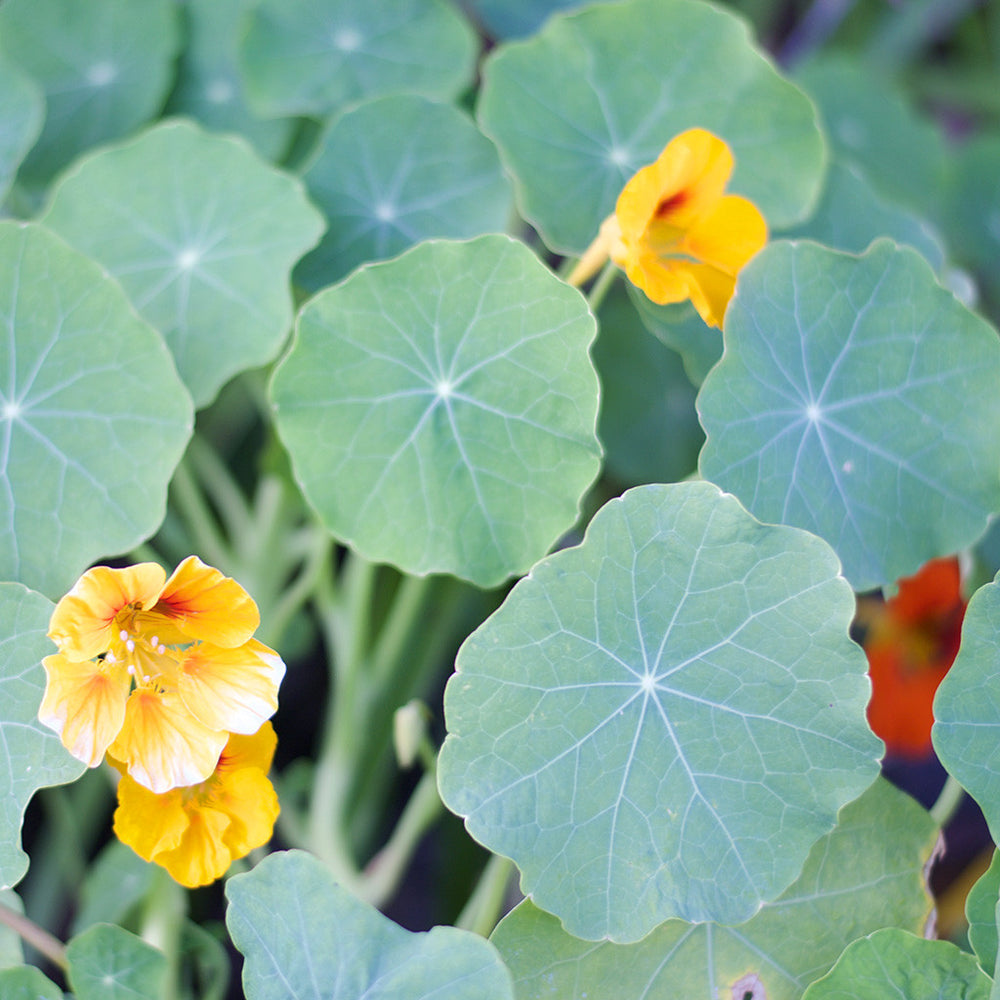For the past two weekends, Max and I have been learning about foraging in the Bay Area. We attended two of Kevin Feinstein’s (aka Feral Kevin’s) foraging courses and meandered through parks in Oakland and Lafayette learning how to identify and eat local plants.
I was surprised to learn that many of the plants I was already familiar with from local hikes, or even walks in our neighborhood, are consumable (and delicious)! It’s like this whole edible world has been revealed that was hiding under my nose. Now, I see food everywhere I walk—and there’s an abundance this spring.
Before I forage, I try to keep the following precautions in mind:
- Be mindful of pollution: You don’t want to eat plants that receive runoff from roads and parking lots, are grown in old construction or industrial sites, and plants that are in close proximity to old homes and businesses (as many of these structures were painted with lead paint and may have lead-contaminated soil).
- Be 110% sure on your identification: There are poisonous look-alikes out there. It’s best to not take chances on a plant that you “think” you recognize. Always cross reference.
- Harvest mindfully: Try to only harvest plants that are in abundance and when you do, try to only harvest less than a third of the plant’s entire mass.
With that said, here are 5 of my favorite edibles that you can find this spring:
-
Wild Onion Lily: Perhaps my favorite new plant. I have been noticing these pretty little flowers popping up all over my neighborhood and was super excited to learn that they are a versatile food with edible leaves, bulb and flowers. You can identify the onion lily by its triangular leaves, bell-shaped flowers and its oniony odor. I like to slice the leaves thin, like chives, and sprinkle them into salads, soups and eggs. I also love the flowers, which are a beautiful decoration to top salads and other meals.

-
Miner’s Lettuce: This is a widely recognized plant in the Bay Area. It name originates from the California Gold Rush miners who ate the lettuce to get their vitamin C and prevent scurvy. The plant starts out with a spade-shaped leaf and grows into a large disc with a small white flower in the center. I like to eat leaves raw in salad.

-
Strawberry Madrone: I have noticed these trees scattered throughout our neighborhood, with its fruit often smeared on sidewalks and lawns. I was pleasantly surprised to learn that the bumpy red fruit is edible, and super tasty! The fruit is about the size of a cherry and ripens from green to yellow to orange, and finally red and soft when it’s ready to consume.

-
Nasturtium: This plant grows wild all over the front and back yard of the house we rent. It is a sprawling vine with large flat, veined leaves and five-petaled flowers in yellow, orange and red. The flowers are commonly found in salad blends at the farmers' market and have a delicious mustard-like, spicy flavor. You can also eat the leaves which are can make a great cooked green.

-
Oxalis (Sour Grass): This flowered plant has also been popping up all over our neighborhood, thanks to the abundant rain we had in California this year. The leaves have three petals and resemble clover but have a distinct lemony sweet-and-sour taste, hence the name “sour grass.” The flowers have the same lemony sweetness and both are wonderful raw in salads.

That concludes my list of top 5 things you can forage this spring—which is specific to California, and the Bay Area. If you happen to live nearby and want to learn more, I recommend picking up a copy of Bay Area Forager or signing up for a course at Forage SF. If you don't live nearby, try doing some research on books of edibles specific to your state/region.
In the meantime, happy foraging!






